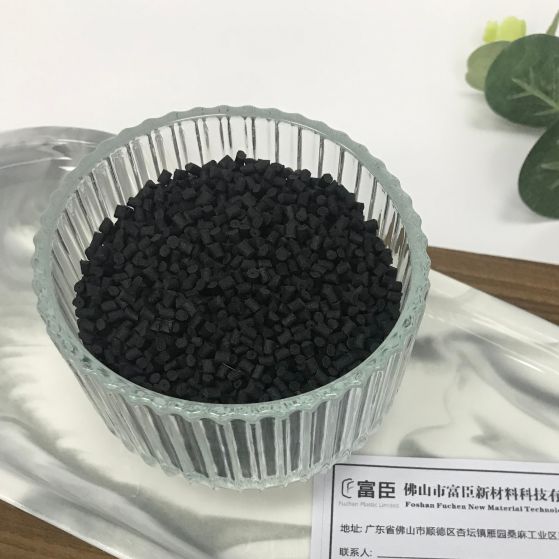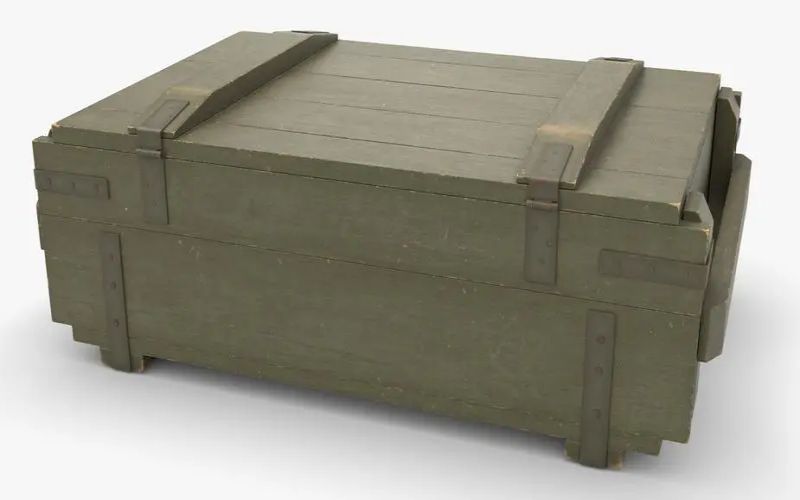
PA612 GF25
PA610 GF25 is a type of comound plastic material called a nylon 610 reinforced with 25% glass fiber. This reinforcement with glass fibers makes the material stronger and more rigid than regular nylon 610.

PA610 GF25 is a type of comound plastic material called a nylon 610 reinforced with 25% glass fiber. This reinforcement with glass fibers makes the material stronger and more rigid than regular nylon 610.
PA612 GF25 is a modified plastic material belonging to the polyamide 612 (nylon 612) family, reinforced with 25% glass fiber. This reinforcement significantly enhances its properties compared to its unreinforced counterpart. Key improvements include:
These combined improvements make PA612GF25 a versatile material for various applications across industries. It’s commonly used in:
It’s important to consider variations within the PA6 nylon family. For example, PA612 GF25 and PA612-GF25 represent similar materials, but with nylon 612 (polyamide 612) as the base plastic. PA612 might offer slightly different properties like a higher melting point or enhanced chemical resistance compared to PA610.
Finally, PA610 GF25 and PA612 GF33 might seem similar due to the “GF25” designation, but the latter boasts a higher glass fiber content of 33%. This translates to even greater strength and stiffness but might affect other characteristics like impact resistance and ease of processing compared to PA610 GF25.



| Rheological properties | dry / cond | Unit | Test Standard |
| Melt volume-flow rate, MVR | 80 / * | cm³/10min | ISO 1133 |
| Temperature | 275 / * | °C | ISO 1133 |
| Load | 21.6 / * | kg | ISO 1133 |
| Molding shrinkage, parallel | 0.3 / * | % | ISO 294-4, 2577 |
| Molding shrinkage, normal | 0.8 / * | % | ISO 294-4, 2577 |
| Mechanical properties | dry / cond | Unit | Test Standard |
| Tensile modulus | 6800 / – | MPa | ISO 527-1/-2 |
| Yield stress | 120 / – | MPa | ISO 527-1/-2 |
| Yield strain | 3.6 / – | % | ISO 527-1/-2 |
| Nominal strain at break | 4.6 / – | % | ISO 527-1/-2 |
| Charpy impact strength, +23°C | 75C / — | kJ/m² | ISO 179/1eU |
| Charpy impact strength, -30°C | 70C / — | kJ/m² | ISO 179/1eU |
| Charpy notched impact strength, +23°C | 10C / — | kJ/m² | ISO 179/1eA |
| Charpy notched impact strength, -30°C | 11C / — | kJ/m² | ISO 179/1eA |
| Thermal properties | dry / cond | Unit | Test Standard |
| Melting temperature, 10°C/min | 178 / * | °C | ISO 11357-1/-3 |
| Temp. of deflection under load, 1.80 MPa | 170 / * | °C | ISO 75-1/-2 |
| Temp. of deflection under load, 0.45 MPa | 175 / * | °C | ISO 75-1/-2 |
| Vicat softening temperature, 50°C/h 50N | 170 / * | °C | ISO 306 |
| Coeff. of linear therm. expansion, parallel | 100 / * | E-6/K | ISO 11359-1/-2 |
| Coeff. of linear therm. expansion, normal | 80 / * | E-6/K | ISO 11359-1/-2 |
| Burning behavior at 1.5 mm nominal thickness | HB / * | class | IEC 60695-11-10 |
| Thickness tested (1.5) | 1.6 / * | mm | IEC 60695-11-10 |
| Yellow Card available | Yes / * | – | – |
| Burning behavior at thickness h | HB / * | class | IEC 60695-11-10 |
| Thickness tested (h) | 0.8 / * | mm | IEC 60695-11-10 |
| Yellow Card available | Yes / * | – | – |
| Electrical properties | dry / cond | Unit | Test Standard |
| Volume resistivity | 21 / – | Ohm*m | IEC 62631-3-1 |
| Other properties | dry / cond | Unit | Test Standard |
| Water absorption | 1.2 / * | % | Sim. to ISO 62 |
| Humidity absorption | 0.5 / * | % | Sim. to ISO 62 |
| Density | 1270 / – | kg/m³ | ISO 1183 |